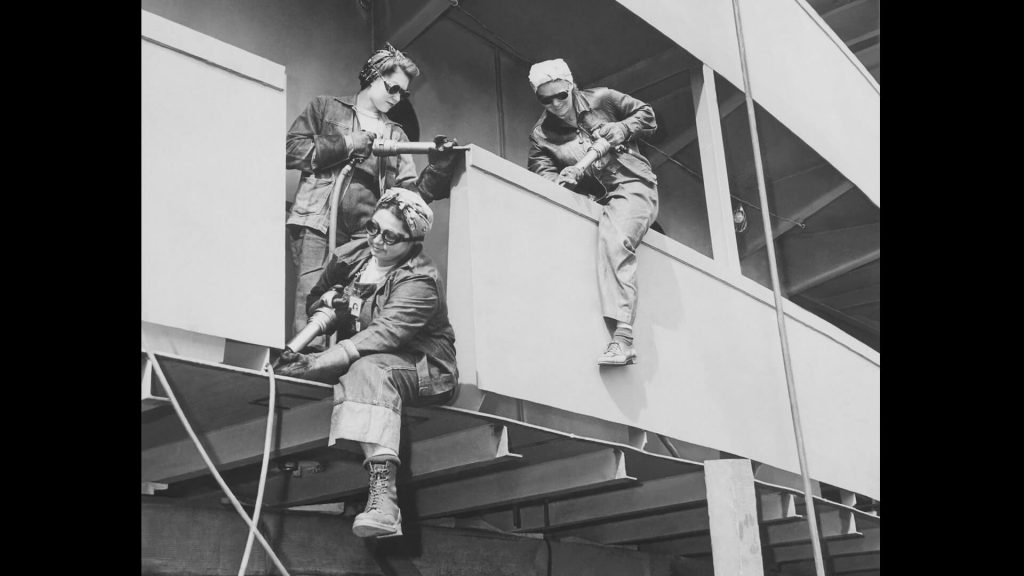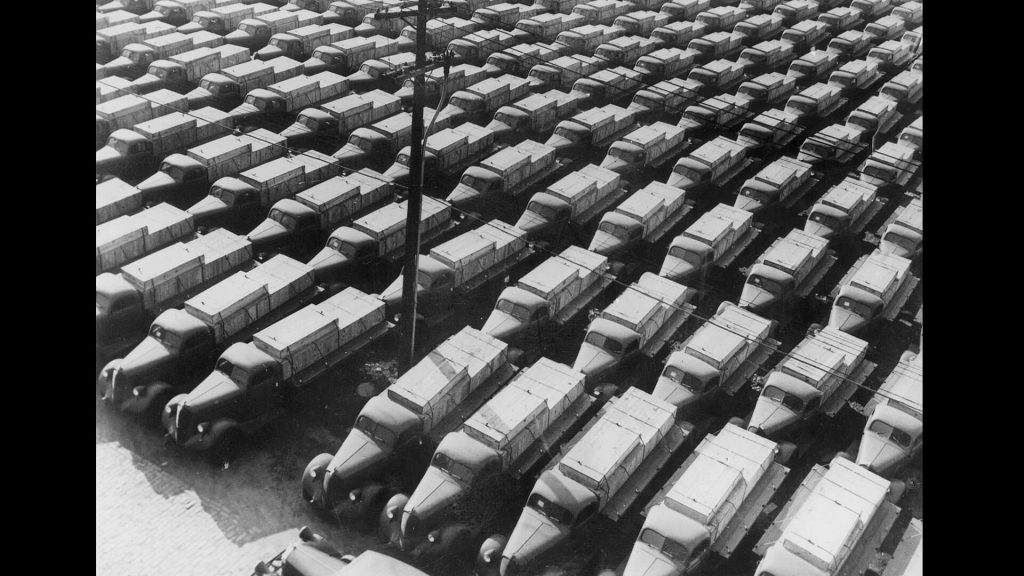What Was Happening in the U.S. in 1940
World on Fire Season 1 covers the lives of people caught up in the early months of World War II, with action taking place in Poland, Germany, Belgium, France, Britain, and even the South Atlantic. But what about the United States? What was going on there?
Roosevelt Prepares America for War
In the summer of 1940, France had just fallen to the Nazis and Britain was fighting for its life. Meanwhile, the United States was blissfully at peace. But some Americans were not so sure it would last. At Fort Lewis, Washington, a lieutenant colonel named Dwight D. Eisenhower told his men: “This country is going to war, and I want people who are prepared to fight that war.” Shocked, the troops nicknamed him “Alarmist Ike.”
U.S. President Franklin D. Roosevelt was even more alarmed, but he tried not to show it. Convinced that sooner or later America would have to fight Germany and Japan, he had been methodically preparing the nation for war. Battling staunch isolationist sentiment in Congress, Roosevelt implemented the following measures, among others:
- 1.
National Emergency (1939)


Declaring a national emergency after the start of the war in Europe, Roosevelt used this crisis to pressure Congress to strengthen U.S. military forces, ostensibly for protection of the Western Hemisphere.
- 2.
Two-Ocean Navy Act (1940)


This was the largest naval procurement bill in U.S. history, increasing the size of the U.S. Navy by 70 percent. Within a few years, the United States had by far the most warships of any nation on Earth.
- 3.
Peacetime Draft (1940)


Authorizing America’s first-ever peacetime draft, this law eventually led to the induction of millions of men. An extension of the act in the months before Pearl Harbor passed Congress by a single vote.
- 4.
Lend-Lease Policy (1941)


With Britain on the verge of defeat, Roosevelt convinced Congress to supply food and military hardware to Britain in return for U.S. rights to British bases, effectively ending America’s pretense of neutrality.
- 5.
The most prominent critic of Roosevelt’s foreign policy was aviation hero Charles Lindbergh, who was the chief spokesperson for the America First Committee. In September 1941, Lindbergh delivered a blistering speech before a cheering crowd of 8,000 in Des Moines, Iowa, warning that “the leaders of both the British and the Jewish races” were trying to draw America into the war. Although isolationist views were strong, a Gallup poll at the time showed that three-quarters of Americans believed the country would soon get into the European war or was effectively already in it.
Germany, through its close ties to Japan, would soon make it official. On December 11, 1941, four days after Japan’s surprise attack on Pearl Harbor and three days after America’s declaration of war on Japan, Hitler impulsively declared war on the United States. Within two years, the alarmist lieutenant colonel at Fort Lewis was serving as Supreme Commander of the Allied Expeditionary Forces in Europe. Now a general, Dwight Eisenhower would go on to command the D-Day landings that helped seal Germany’s final defeat.






















